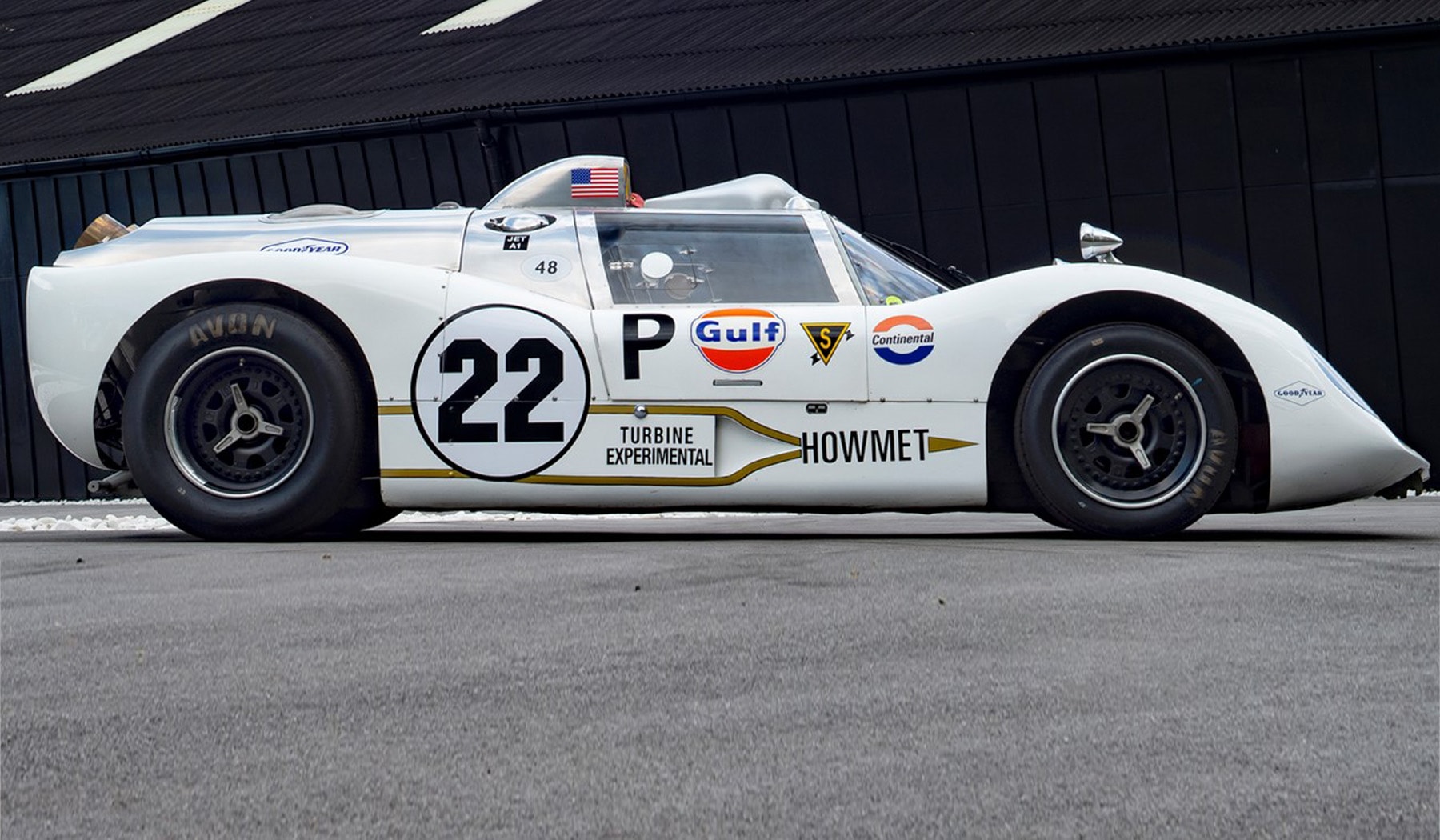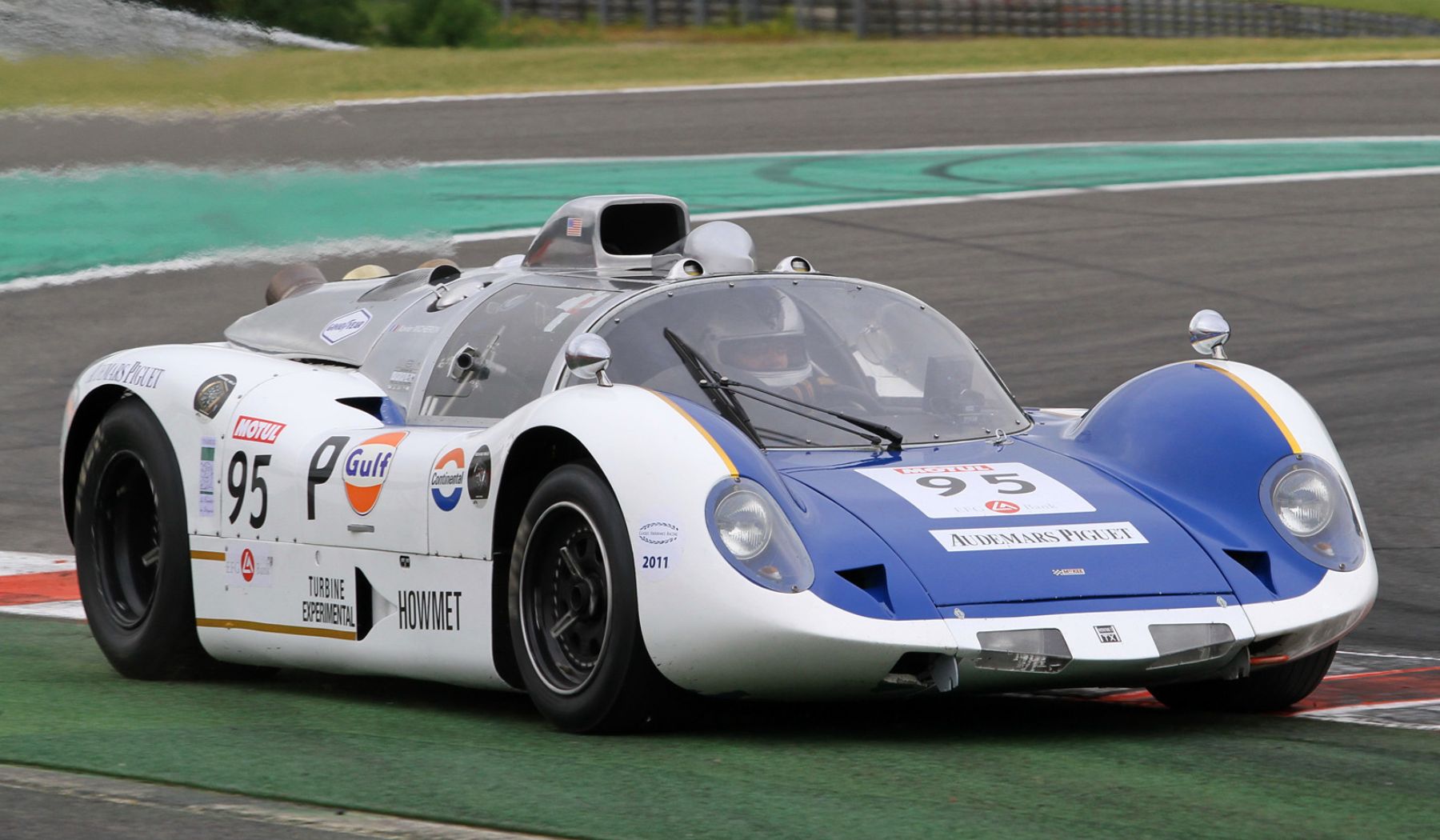In the late 1960s, John Wyer’s Gulf-liveried GT40s added further Le Mans victories to the legendary American race car’s legacy. Concurrently, another notable US-built sports prototype gained attention among motorsport enthusiasts worldwide, distinguished by its utilization of a gas turbine engine originally developed for helicopters.
Following World War II, the gas turbine engine gained popularity in the aircraft industry, celebrated for its exceptional power-to-weight ratio, compact design, and heightened reliability compared to traditional piston engines.
Recognizing its potential, Rover became the first carmaker to experiment seriously with this engine type, resulting in the creation of the groundbreaking JET1 prototype.

By the mid-1960s, Rover collaborated with British Racing Motors (BRM) to develop a sports prototype for the Le Mans competition. Meanwhile, Chrysler embarked on its gas turbine project in the US, yielding the Turbine Car, a street-legal vehicle extensively tested on public roads.
Amidst this era of innovation, Ken Wallis, inspired by the gas turbine concept, persisted in realizing his vision of a turbine-powered race car. Collaborating with race car designer Andy Granatelli, their efforts materialized in the STP-Paxton Turbocar, which contested the 1967 Indy 500 with Parnelli Jones behind the wheel.
Simultaneously, another racing enthusiast, Ray Heppenstall, embarked on his turbine race car endeavor. Facing challenges sourcing an engine, Heppenstall eventually secured support from the Howmet Corporation, leading to the development of the Howmet TX sports prototype powered by a gas turbine engine originally intended for a military helicopter prototype.

